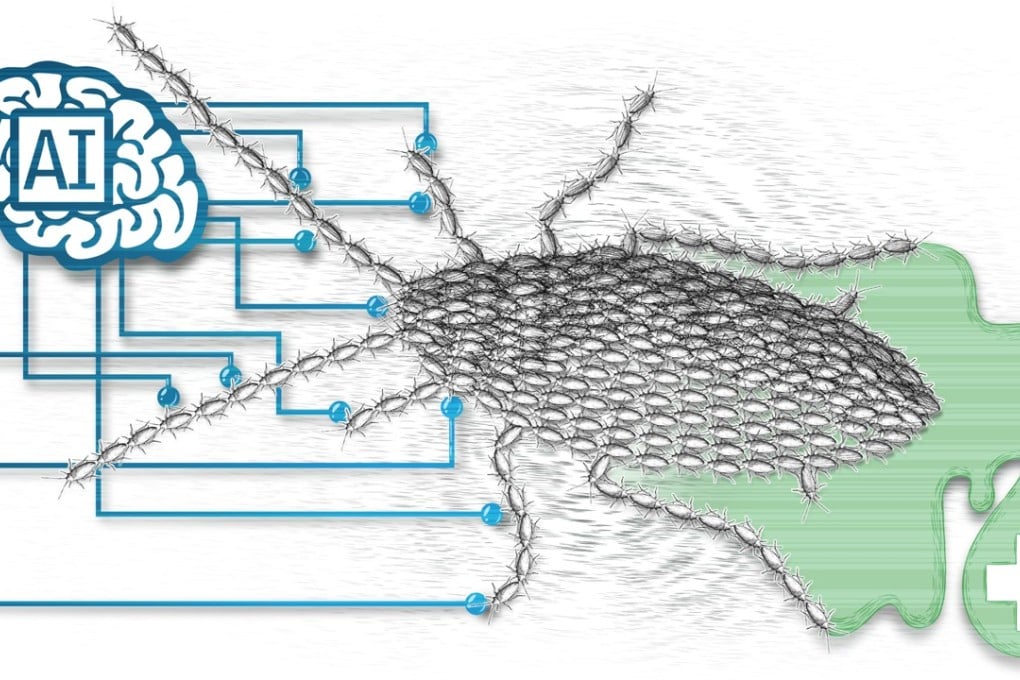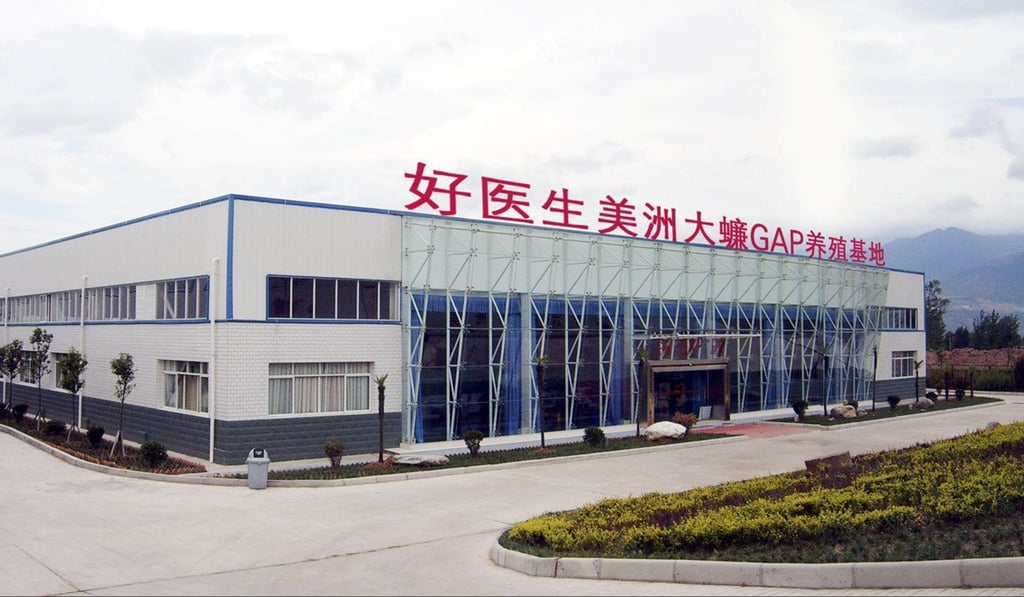A giant indoor farm in China is breeding 6 billion cockroaches a year. Here's why
The Post turns a spotlight on the ‘disgusting’ insect with apparently remarkable medicinal qualities at the world’s largest breeding facility, where the bugs outnumber the planet’s human population

Long, narrowly spaced rows of shelves fill a multi-storey building about the size of two sports fields. The shelves are lined with open containers of food and water.
It is warm, humid and dark all year round, with freedom to roam to find food and reproduce. Fully sealed like a prison, it has strict limitations on access to visitors. From birth to death, inhabitants never see the sun.
The world’s largest cockroach farm is breeding 6 billion adult cockroaches a year and using artificial intelligence to manage a colony larger than the world’s human population – all for medicinal use.
It is part of the production process for a “healing potion” consumed by millions of patients in China, according to the government.
There are many cockroach breeding facilities in China, for use as an ingredient in medicine or as a source of protein for livestock feed. But no other facility can match the productivity of the farm in the city of Xichang, in southwestern Sichuan province.
